To wrap up our great discussion on crossing genres with fantasy this month, and prepare the way for next month’s topic, I’m pleased to welcome special guest, Rayne Hall, an author of dark epic fantasy with strong roots in horror. Rayne is also the author of numerous great books about writing techniques, many of which I’ve read and highly recommend (particularly, Writing Fight Scenes and Writing About Magic).
***
Horror is the fiction of fear, and horror authors are skilled at giving their readers a good scare.
In epic fantasy, many moments are meant to be frightening, whether you want the subtle forms of fear such as apprehension, unease or dread, or the intense variants like horror, panic and terror. This is when you can learn from horror authors. Borrow some tools from their tool-kit.
Do you want to make a scene scarier, add creepy effects or ratchet up the suspense? Here are some techniques.
- Place the entire scene in darkness. Everything is scarier in the dark. Perhaps the event could play out at night or in an underground cavern. Perhaps a power cut dips everything into darkness. You can build the scare factor gradually by reducing the light bit by bit: perhaps the sunk sinks below the horizon, candles burn down, the battery runs out, clouds block the moon, or the camp fire is reduced to embers.
- For a creepy effect, choose limited light rather than complete darkness, and describe the movement of light and shadows: a flickering candle, a lantern swaying in the wind, wisps of cloud flitting across the moon, the shadow of the executioner in the torch-lit dungeon, the horizon bruising purple as the sun sinks.
- Use lots of sounds. Describe the clanking of the torturer’s instruments, the creaking floor boards, the thudding of boots on the pavement. Descriptions of noises don’t slow the pace as much as descriptions based on other senses do. Sound effects work especially well for increasing suspense, excitement and creepiness.
- In moments of low action and high suspense – for example, when the point-of-view character has to hold still, waiting for something, or while he is tied up and helplessly watching the danger approach – insert a sentence about an unconnected background sound. This increases the tension several notches.
- Intensify the temperature. Let it grow colder and colder, so the protagonist shivers. Perhaps the heating has failed, the camp fire has burnt down, the character is entering a cellar or climbing down a mine shaft, or whatever cold location suits your plot. The physical and emotional chills work together in the reader’s mind. The opposite also works: turn up the heat to make the character and the reader sweat. The scene might take place in a room with an over-heated engine, in a kitchen, burning building, a sauna or other location where it’s hot. For the strongest effect, intensify the temperature gradually, making it first uncomfortable, then unbearable.
- Describe the physical effects of fear on the point-of-view character: sweat trickles down her spine, her stomach chills, her palms grow clammy and wet, her heart thuds, her chest tightens, her throat constricts so much she can’t swallow, her scalp itches or her bladder feels full to bursting. This makes the PoV’s fear so real that the reader feels it herself.
- Let the character take off some clothes or lose a garment. Psychologically, this has the effect of stripping him off his armour, and the reader will perceive added vulnerability. Perhaps he takes off his coat when he enters the room, or maybe she divests herself of her dress to wash in the river.
- Before a scary event, arrange it so the character has to open a door and walk through. This can be any kind of door – the door to a room, a trapdoor, the gatehouse of a castle, or whatever suits the location. Describe what the door looks like, how it moves, and how it sounds when it opens. (“The door whined open on its hinges.”)This will heighten the suspense, because the reader’s subconscious will think ‘don’t open the door, don’t go in’. If you want the reader to be frightened on the character’s behalf, describe the sound the door makes as it clicks shut behind her. (“Behind her, the door slammed with a thud.”) The reader will subconsciously feel that a trap has snapped shut.
- When the main character is helpless facing a villain – whether that’s the evil overlord or one of his minions – describe what the villain’s voice sounds like, perhaps with a simile. (“His voice sounded like a knife grinding on whetstone.” “His voice sounded like an executioner’s blade: cold, sharp and merciless.”)
- Insert a sentence describing the villain’s hands, whether they’re callused and dirty or manicured and perfumed. If the antagonist is an animal, describe it’s paws and claws.
- Give your main character a phobia, an intense personal fear. Maybe she’s scared of heights, of spiders or of fire. Describe her experience and reaction whenever she is forced to see those. Describe the spider’s hairy legs and the flickering flames of the fire. Then, during the novel’s crucial scenes, force her to endure that horror. For example, if she fears rats the villain throws her into a rat-infested dungeon. At the novel’s climax, you can create a powerful scary situation when the main character voluntarily chooses to face his worst fear. For example, if he has a phobia of snakes, he enters the snake pit in order to rescue the princess.
- If you the Hero’s Journey plot model, let the ‘Descent to the Innermost Cave’ take place in a real underground location. This allows you to use darkness and the chill factor, and you can add interesting sound effects (spooky echoes, water dripping from the ceiling) as well as claustrophobic effects.
- During your novel’s ‘Ordeal’ and ‘Black Moment’ scenes, intensify the horror effects, using as many tools from the horror author’s tool-kit as you can.
- For the novel’s ‘Climax’ section, when the main character confronts the villain in a final showdown, choose a scary location. Could they fight it out on a rope bridge across an abyss, on the edge of a volcano, or on a sinking ship? Make the most of the location to increase the danger.
Consider your favourite epic fantasy novel, and remember the scariest scene. What made it frightening? Leave a comment to tell us about it.
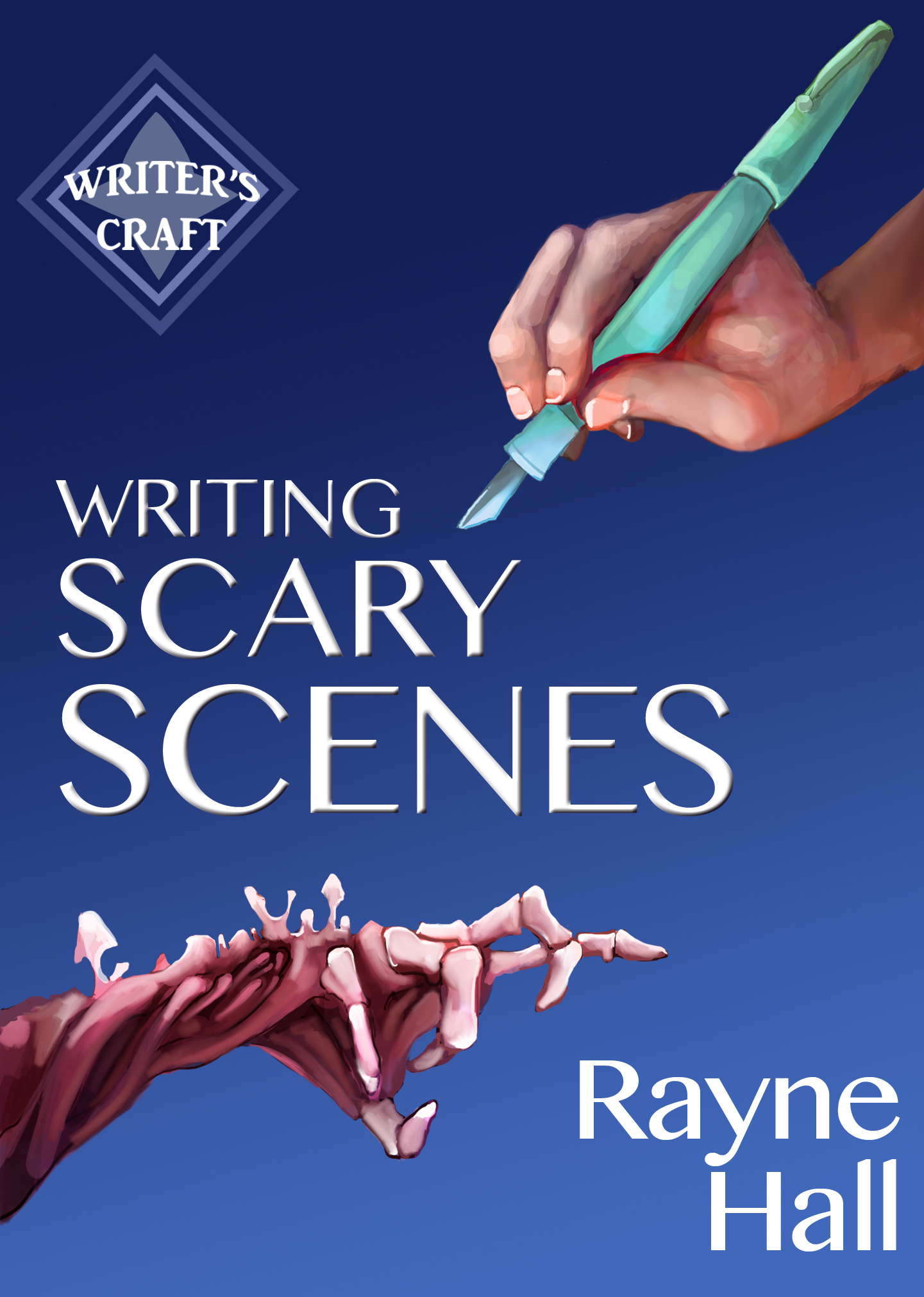 Thanks for sharing these great tips, Rayne! If you enjoyed these prompts and want to go deeper, then be sure to check out Rayne’s book, Writing Scary Scenes for more inspiration from the horror genre.
Thanks for sharing these great tips, Rayne! If you enjoyed these prompts and want to go deeper, then be sure to check out Rayne’s book, Writing Scary Scenes for more inspiration from the horror genre.
***
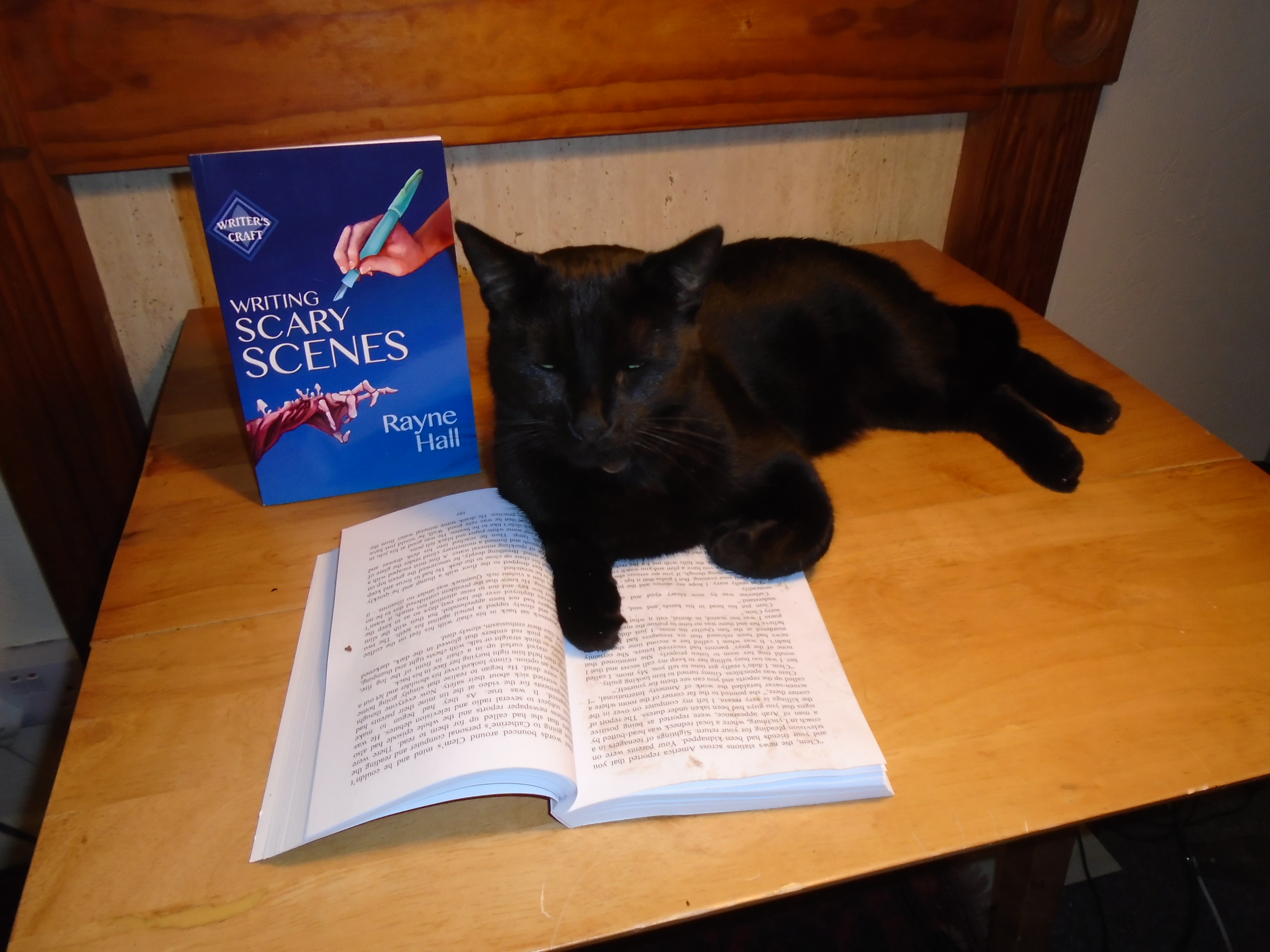 Rayne Hall has published more than sixty books in several languages under several pen names with several publishers in several genres, mostly horror, fantasy and non-fiction. Her bestselling horror book is Thirty Scary Tales, a collection of creepy disturbing stories. She also writes quirky fantasy stories and epic fantasy novels, most of them with a dark slant.
Rayne Hall has published more than sixty books in several languages under several pen names with several publishers in several genres, mostly horror, fantasy and non-fiction. Her bestselling horror book is Thirty Scary Tales, a collection of creepy disturbing stories. She also writes quirky fantasy stories and epic fantasy novels, most of them with a dark slant.
She is the author of the bestselling Writer’s Craft series (with 21 titles so far, including Writing Scary Scenes, Writing Dark Stories, Writing About Villains, Writing Vivid Settings, Writing About Magic, Writing Vivid Characters, Writing Vivid Plots Writing Vivid Dialogue), and the editor of the Ten Tales fantasy and horror anthologies (including Scared: Ten Tales of Horror, Fiends: Ten Tales of Demons, Bites: Ten Tales of Vampires, Haunted: Ten Tales of Ghosts and Undead: Ten Tales of Zombies).
After living in Germany, China, Mongolia and Nepal, Rayne has settled on the south coast of England in dilapidated seaside town of former Victorian grandeur.
Rayne has worked as an investigative journalist, development aid worker, museum guide, apple picker, tarot reader, adult education teacher, belly dancer, magazine editor, publishing manager and more, and now writes full time.
Her black cat Sulu – adopted from the rescue shelter – likes to snuggle between her arms while she writes, purring happily. He adores books, especially of the horror genre, and can often be found ‘reading’ one or sitting in the bookcase between horror classics.
You can find Rayne’s books on Amazon: viewAuthor.at/RayneHall
Her website with information and tips for writers is here: raynehall.com.
To find out about new releases, special offers and writing contests, subscribe to her Writer’s Craft newsletter here: eepurl.com/boqJzD Subscribers receive a free pdf workbook Grow Your Unique Author Voice.
For writing and publishing tips, as well as cute photos of Sulu the book-loving cat, follow Rayne on Twitter: https://twitter.com/RayneHall

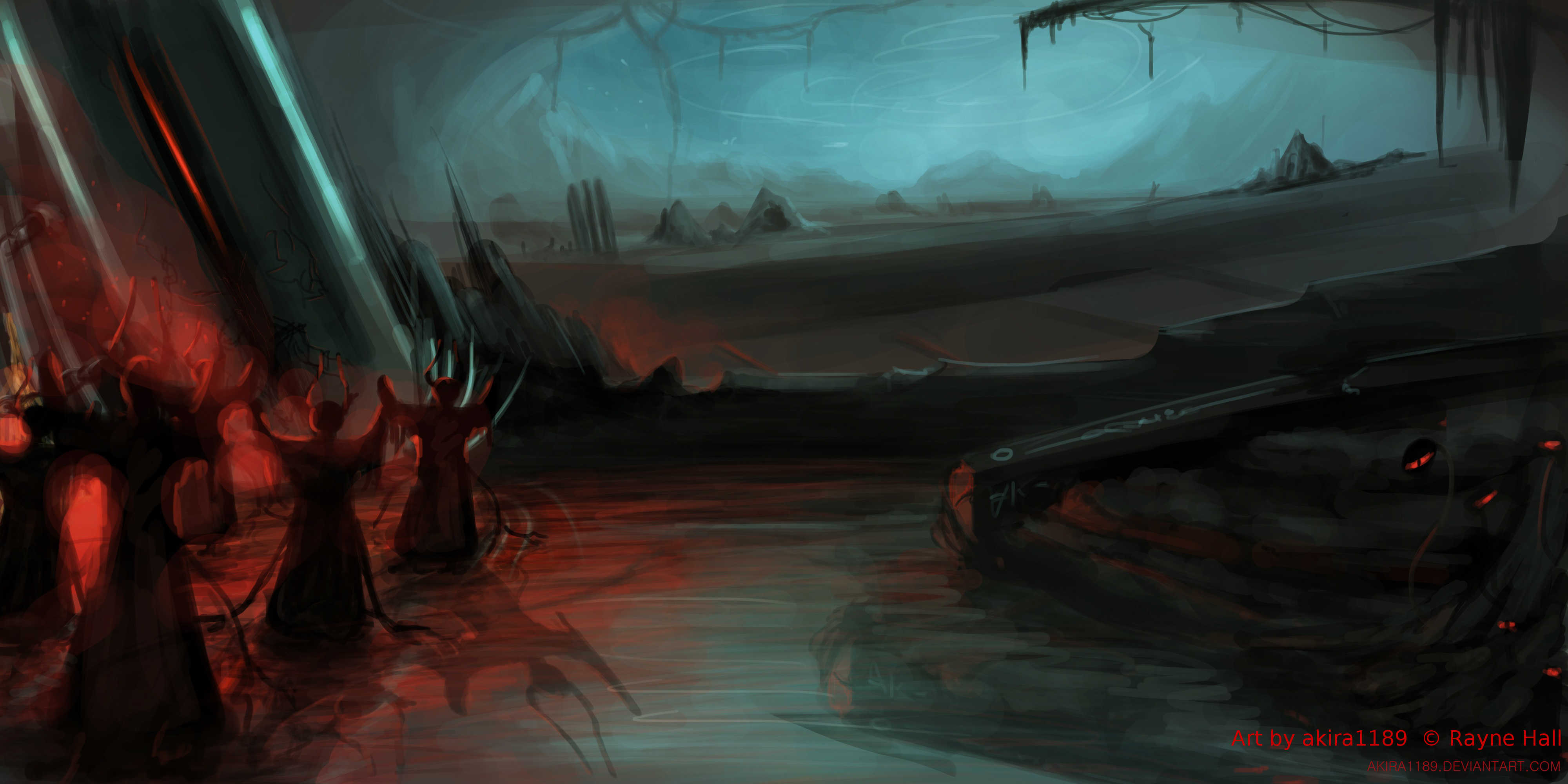
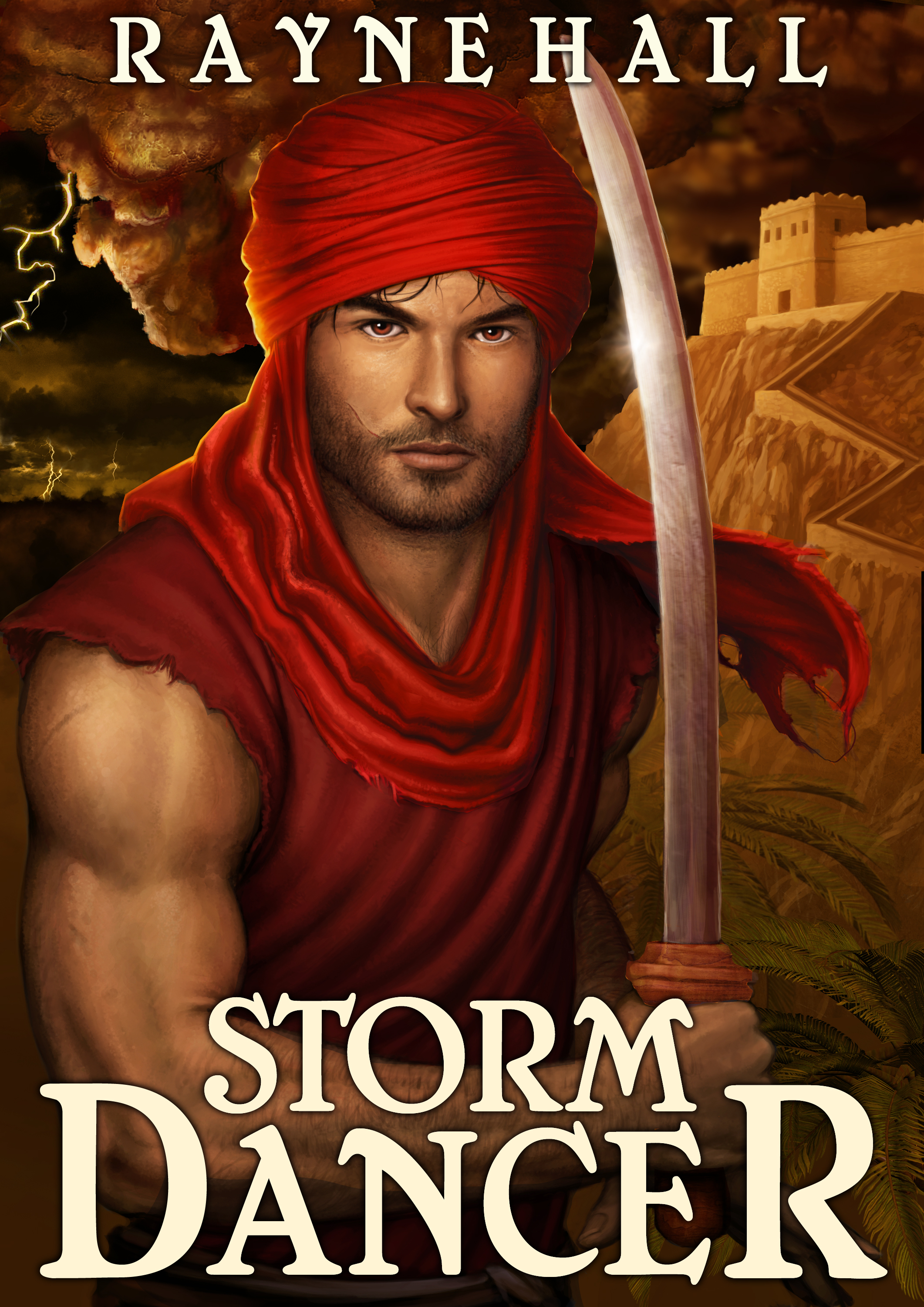
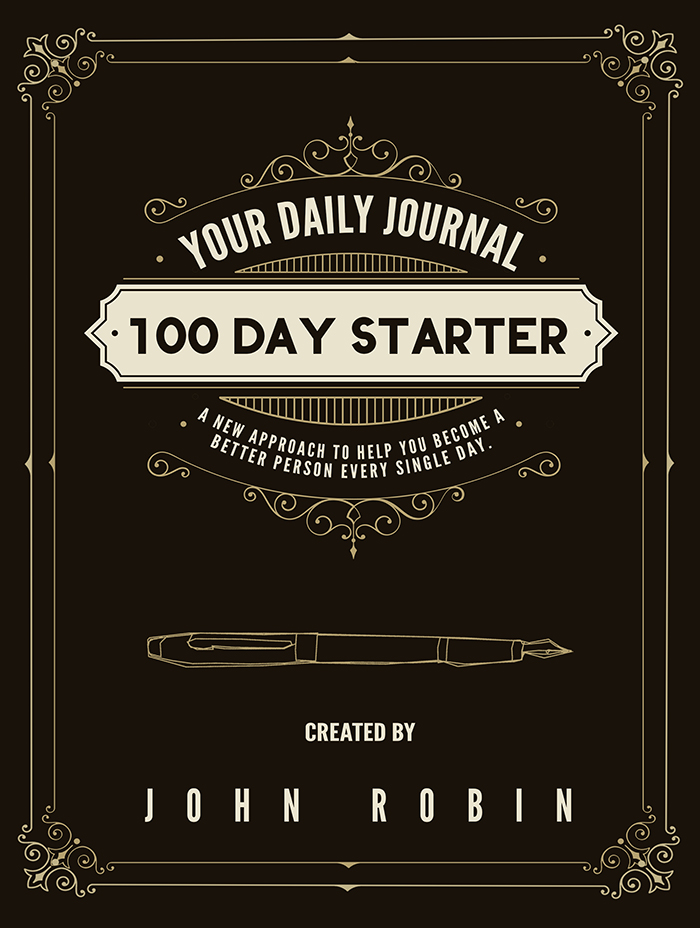
Thank for hosting me!
Rayne
I can tell that you have read about a million horror books. I will heed your advice. Thank you for making this world a better place for us writers.
Hi Umar, Not exactly a million horror books, but a lot. I’m an avid reader and read several hundred books a year, many of them horror and related genres.
Rayne
I was just reading about those restaurants that serve their meals in darkness (whether as a gimmick or to promote awareness for the visually impaired). That would be a good setting for something horrific to happen… I can think of all kinds of ways that could go.
Yes, this could be be suspenseful, and perhaps even creepy. I wonder what reason a restaurant in an epic fantasy setting might have for serving meals in darkness Probably not to promote awareness for anything. Perhaps to honour a deity? Or to avoid attracting demons or monsters who are lured by light?
They could be in a monastery of blind monks or it could be a martial arts exercise… Oooh blind Shaolin monks…
Are you getting an idea for a story?
When I reached the place with phobias and comforting them I remembered my beloved Ron Weasley and his arachnophobia 🙂 And how Rowling makes him follow the spiders 🙂
I wanted to ask something, Rayne.
You say that there are some repeating beginnings of books that keep you away from going further with the reading. For example, the guy wakes up in the morning, or is going to work, or stands by the window, etc etc.
But as a horror suspense tip you suggest mentioning old door hinges and how those sound in the dark.
Isn’t that some kind of a cliché too? After all, there’s no horror movie without squeaking doors.
It’s amazing just how much thought goes into writing a good piece. You have to be aware not only of what you want to convey as a writer, but also be aware of what would appease your audience. I know that a horror scene and darkness go together like hot dog and ketchup, but could it also be thrilling if the horror scene takes place during the daytime? I think it would be unexpected, but would it be so unexpected that it detracts from the horror scene altogether?
Oh, absolutely. Horror and scares can happen anytime, anywhere. You can write a horrifying scene set in a children’s playground at noon, and scare the s**t out of your readers.
I enjoy horror books, but haven’t written one of my own. But I do hope I will someday. This article will come in handy.
Thanks for your comment! I know I’ll write horror someday too. I’m grateful to Rayne for contributing to this blog as it’s my goal to build over time a multi-faceted resource to help writers learn from one another.
If you enjoy reading horror books, you’ll probably enjoy writing them. But maybe you could write short horror stories first. That’s not as big a commitment as a novel.